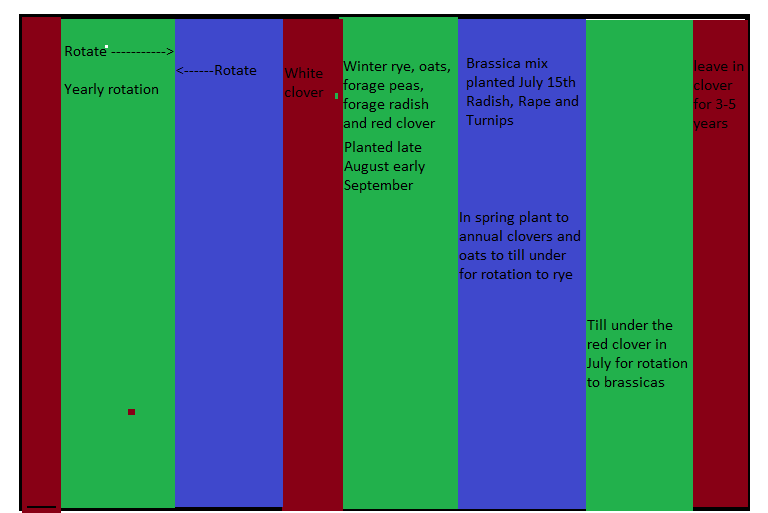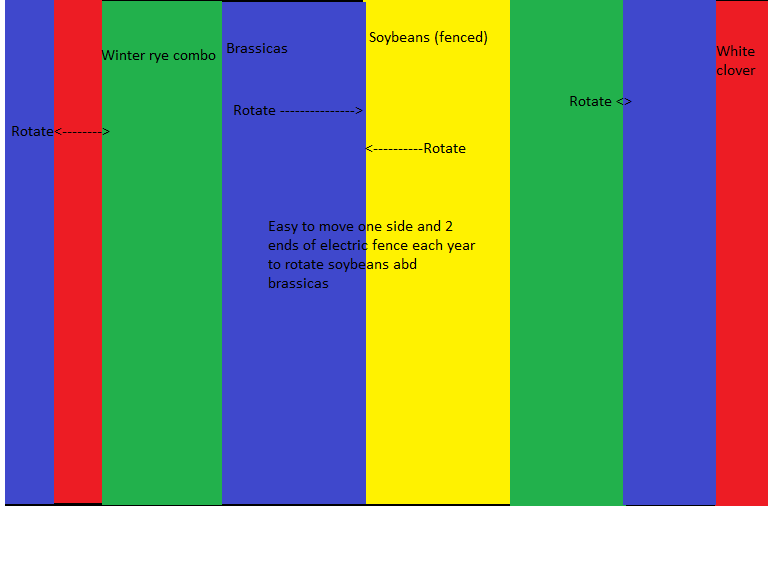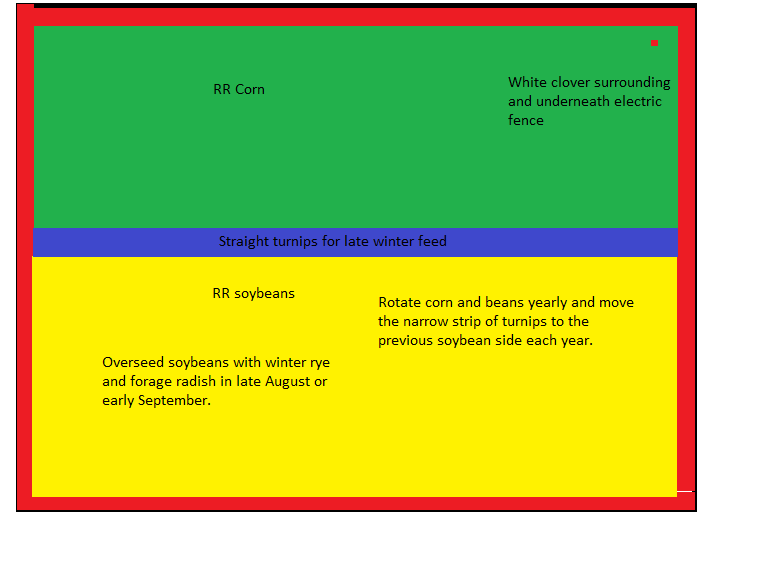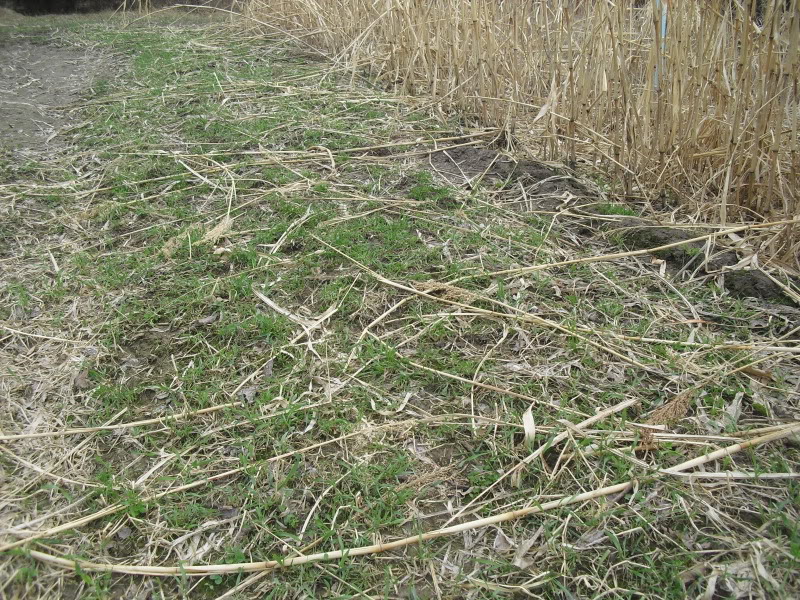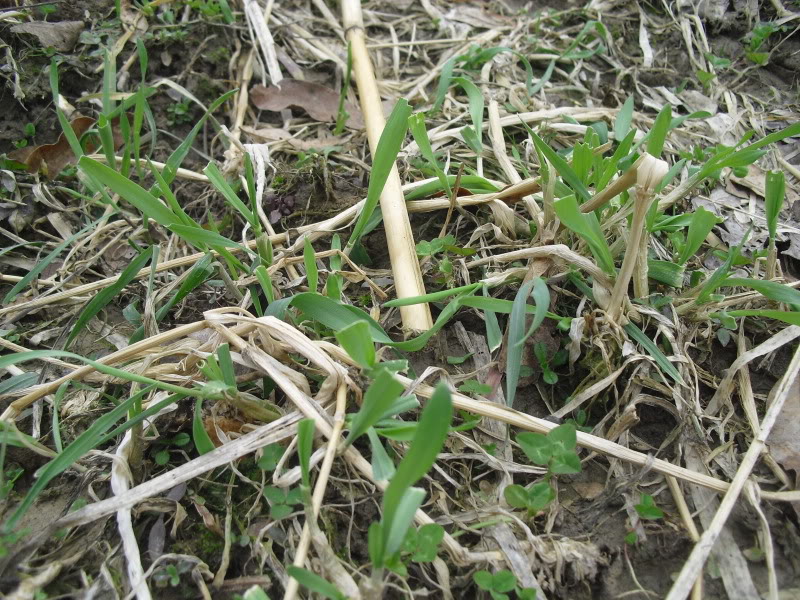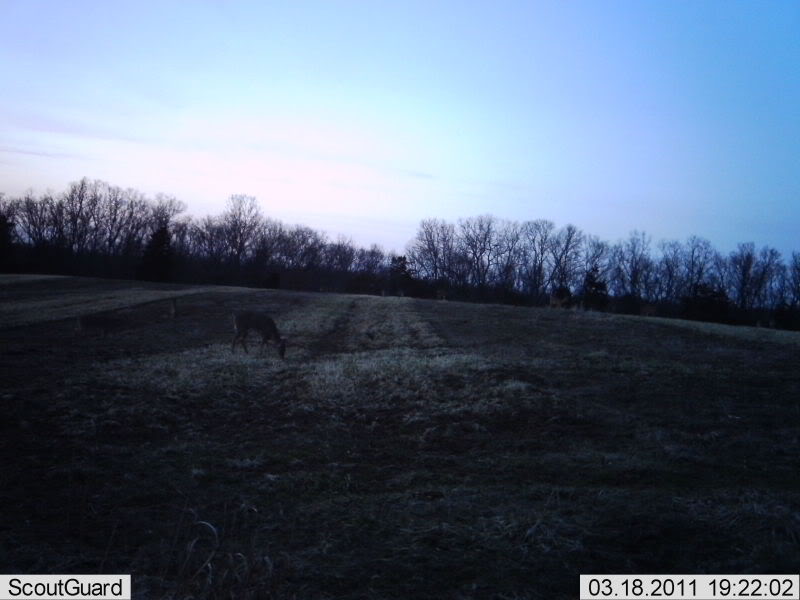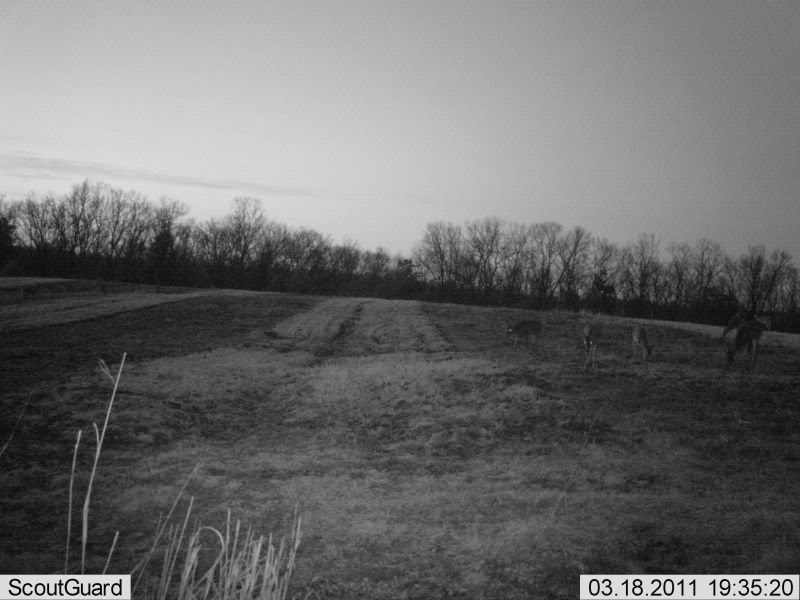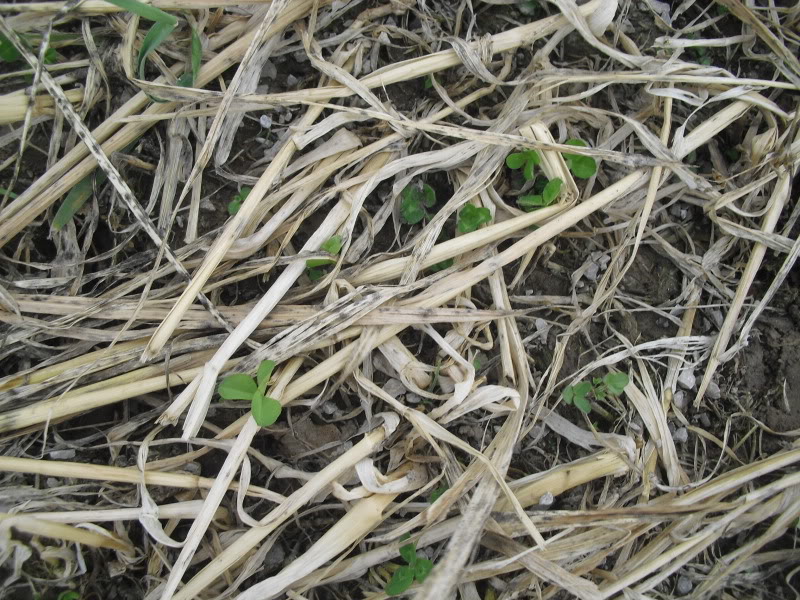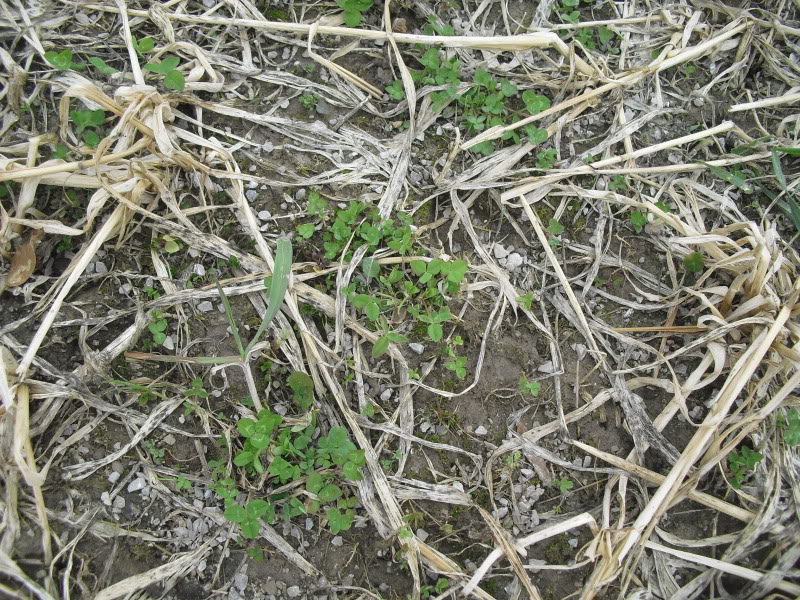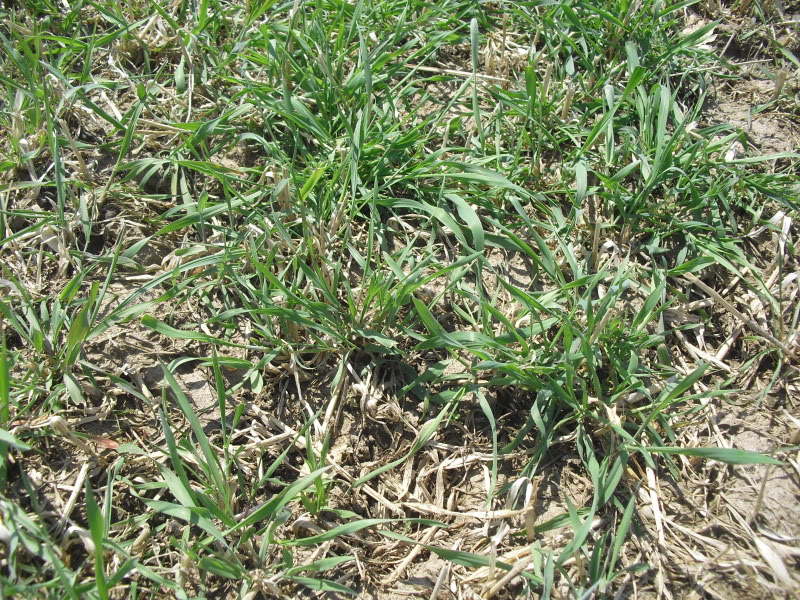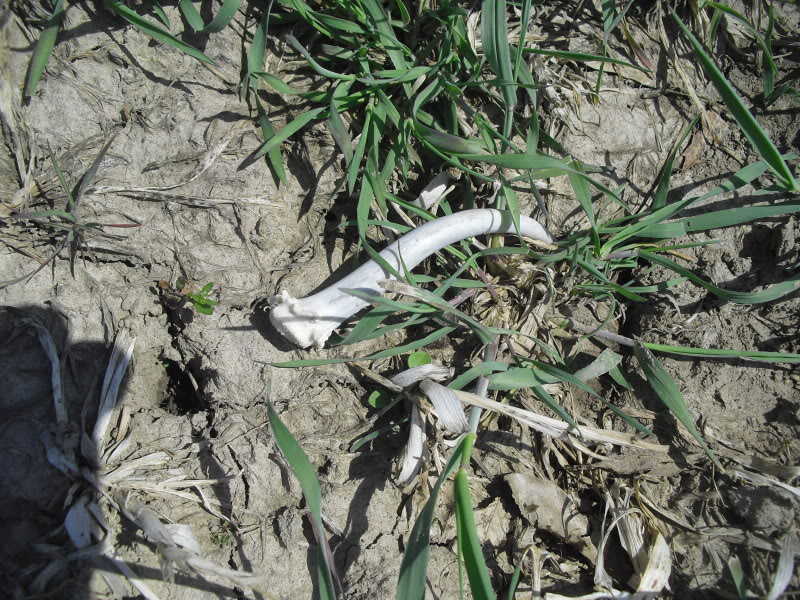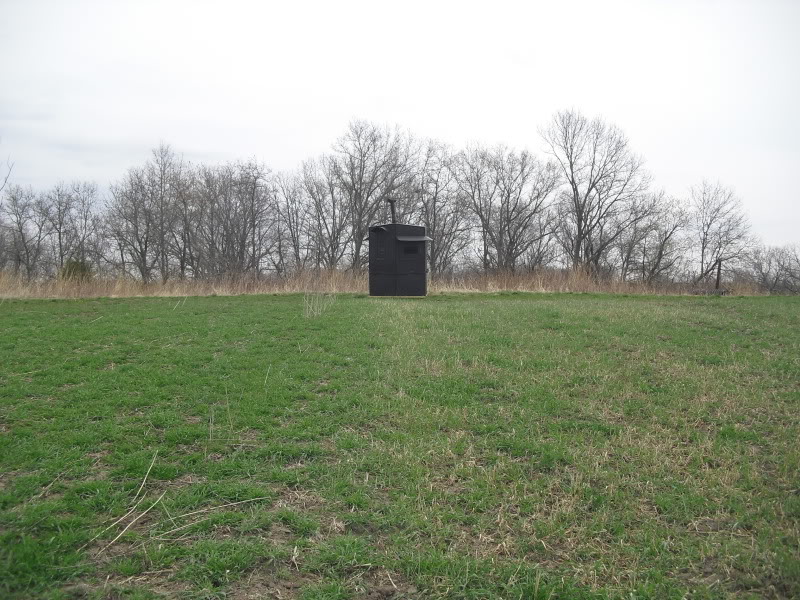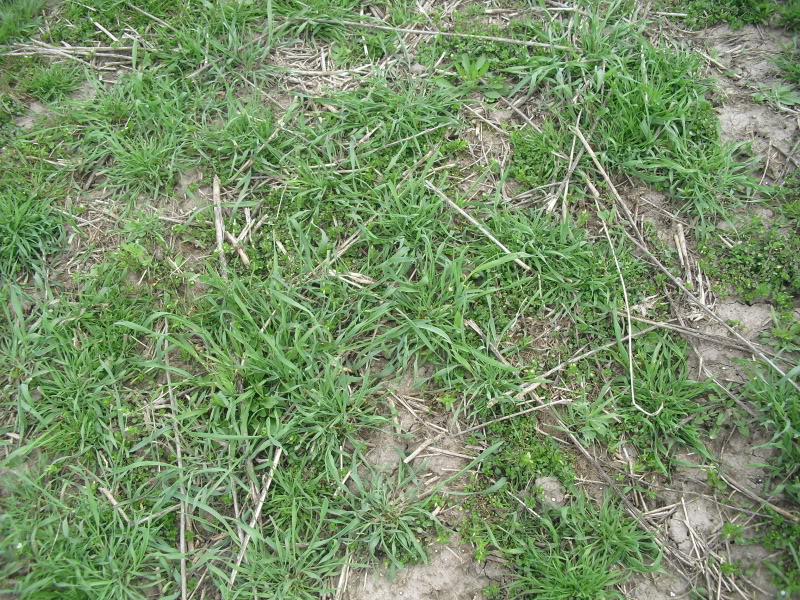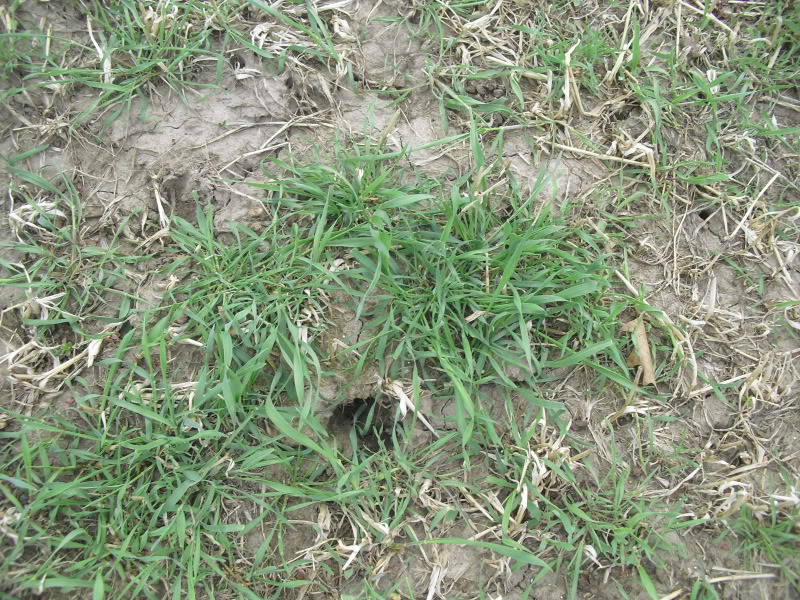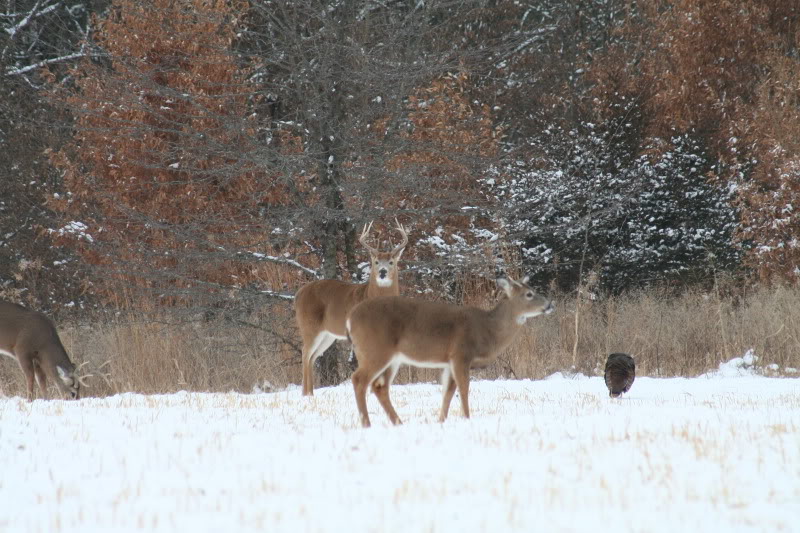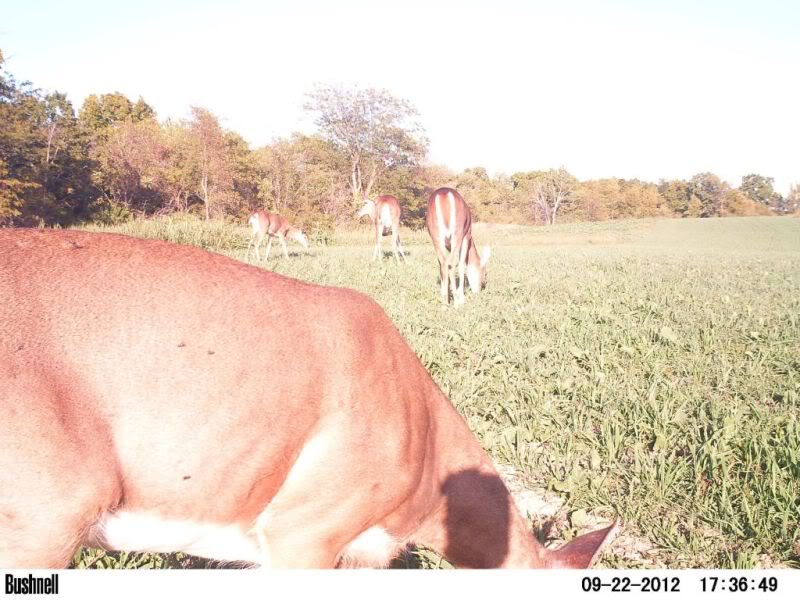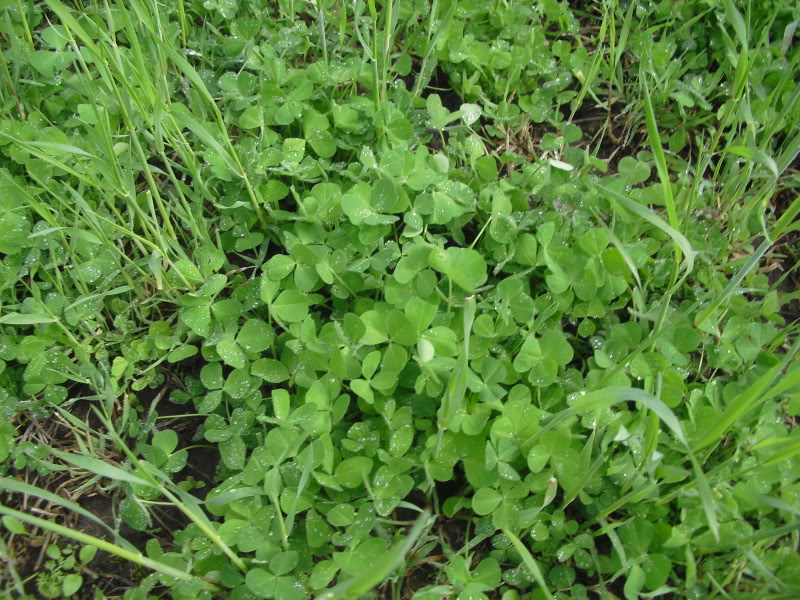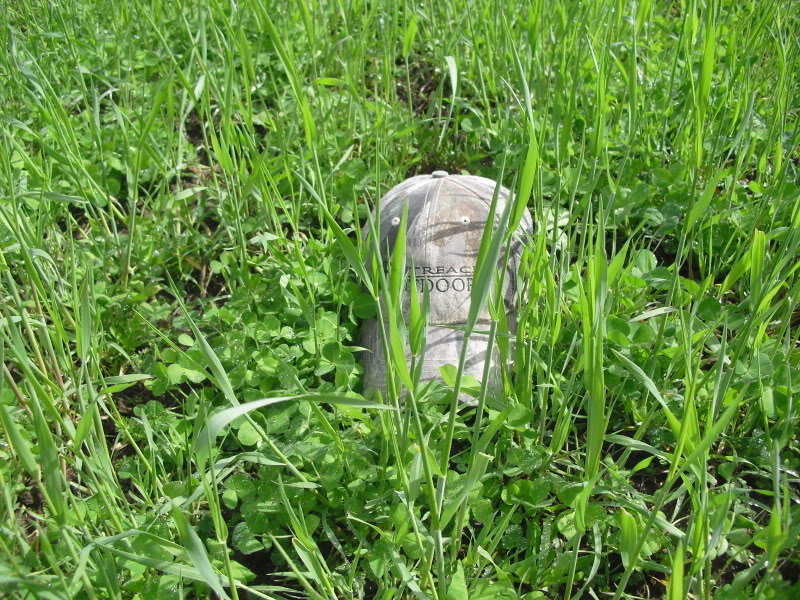dbltree
Super Moderator
Welters is awesome, placed my order over the phone and had the seed sitting at my house the next day. Very easy to work with.
Hard to beat Welters for price and outstanding service!
February 14th, 2011
Deer still keep digging around for every last morsel of winter rye

as they always do they eat the rye literally to the dirt leaving one to wonder how the stuff will ever survive!

Not only do the eat it but they paw the dirt furiously further damaging what is left of the rye

I can't say that ALL of the rye survives but I do know there seems to be plenty of it that springs to life when the weather warms

You know you are successful in holding whitetails on your property with year around cover and food when you find sheds!
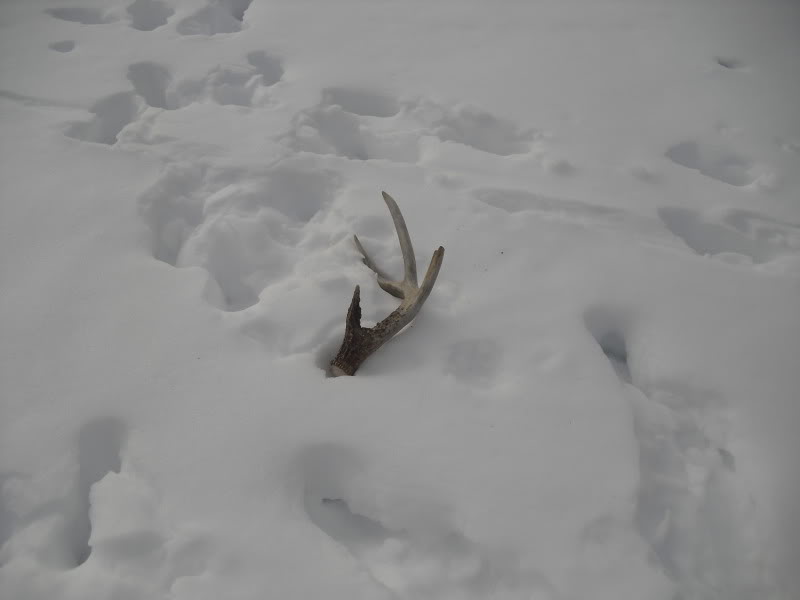
While this one was dropped in an alfalfa field, they haven't been foraging there but instead are feeding in the clover, brassicas and winter rye....always fun to find the first shed of the year1

Winter rye, oats, peas, radish and red clover....great combination mix to add to your habitat plans.... :way:



